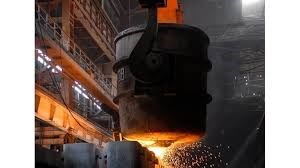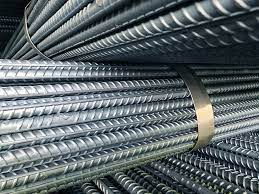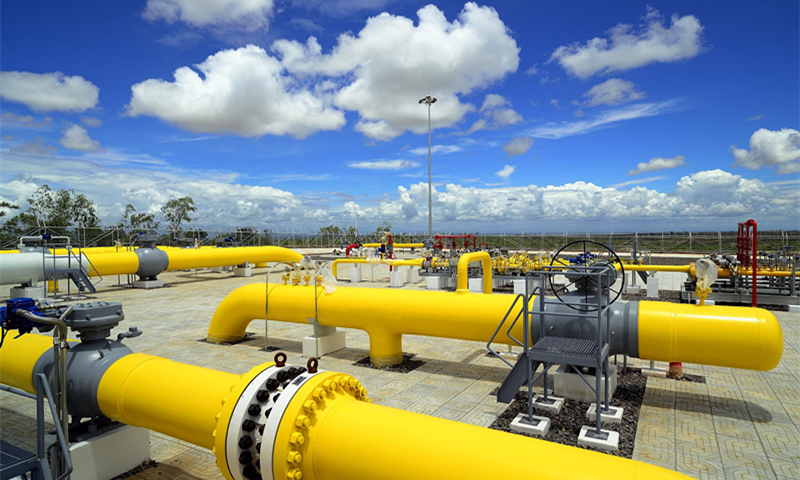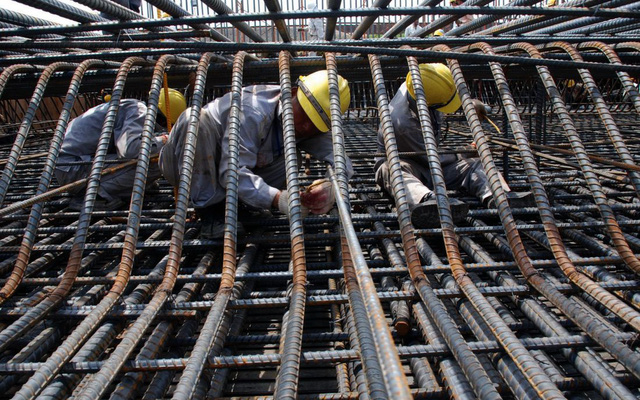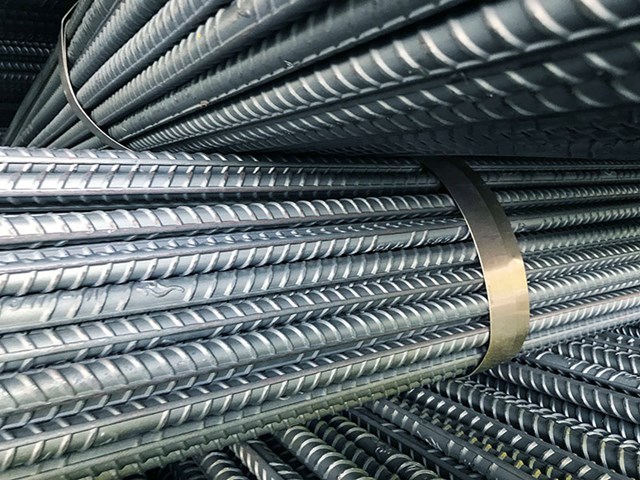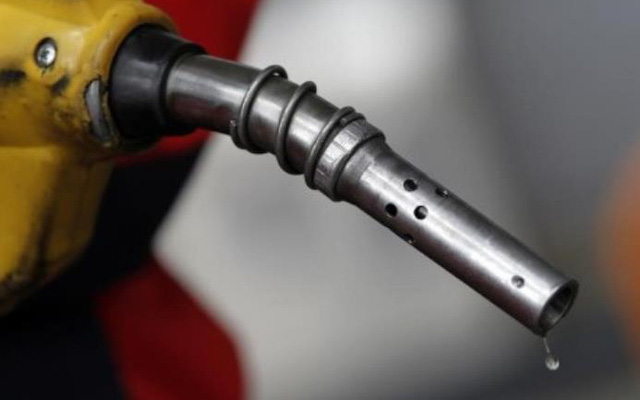Kherson and Zaporozhye both played an important role in ensuring the safety of Crimea and carried many economic and political implications. For now, restoration in these territories takes precedence over political issues, including the possibility of a merger with Russia.
Moscow is revitalizing the economy and social infrastructure, improving living standards in the Kherson region, most of Zaporozhye and part of Kharkov. A civilian-military government was established, and high-ranking Russian officials regularly visit important cities there.
RT looks at efforts to restore peace in Zaporozhye and Kherson, and assesses the future of these former Ukrainian territories.

Nga đang kiểm soát khoảng 20% lãnh thổ Ukraine.
Uncertain future
The plan to make Kherson and Zaporozhye part of Russia is reaching the limit of “special military operation”. The initial goal set forth by Moscow was to “eliminate fascism” and reduce Ukraine’s military potential.
Andrey Klishas, Chairman of the Committee on Law and State Construction of the Russian Senate, has stated that not only the people of Donbass, but all citizens of Ukraine, have the right to choose their own fate.
Kirill Stremousov, Deputy Chairman of Kherson’s civil-military administration, told Reuters that the fighting could affect when the region joins the Russian Federation and a decision could be made “next year” .”
The statements of Boris Rogov from the Zaporozhye regional government are also quite similar. According to him, Zaporozhye will not return to Ukraine. “We don’t want anything unclear or any Zaporozhye People’s Republic. We want to be part of Russia like we have been for centuries,” he said.

The Russian soldier caught the boy playing football near the river while on patrol. (Photo: Olga Maltseva/AFP).
In the Donbass, the authorities of the two breakaway states are planning to switch to Russian law, establish a ruble-based pension and financial system, and issue papers by the end of the year.
Russia has yet to make a final decision on the merger. If the decision is made, Moscow will face many challenges, from political to legal. Many residents here are also trying to avoid working with the new government because this act is treason under Ukrainian law and can carry a sentence of 15 years in prison.
The most significant move that signals Russia’s long-term goals, however, is President Putin’s order for the prompt granting of citizenship to residents of Zaporozhye and Kherson. Distributing passports to people here as if declaring that these regions will be part of Russia in the future.
Back to normal life
People in Kherson and Zaporozhye are gradually returning to normal, despite many difficulties. A new government is being formed, police are being recruited, some are even Ukrainian officers.
The government is prioritizing stabilizing lives, building the apparatus, restoring the economy and society, and creating jobs. Since May 23, a currency parallel zone (Russian ruble and Ukrainian hryvnia) has been officially established and there are plans to switch completely to rubles in the near future.
Residents of Kherson received salaries, pensions and other payments in rubles. Russian internet service providers, TV and radio channels have also appeared. Bank of Russia is expected to open in this area.
The phone numbers of Zaporozhye and Kherson have been changed to a Russian number (+7) and a telecommunications service provider is starting to operate.

Russia is distributing relief goods to people in Kherson. (Photo: TASS).
Ukraine’s unilateral severance of ties with these regions created shortages and raised prices in the short term. Russian businesses are trying to solve this problem, not only telecommunications, banking but also grocery, pharmacy chains and distribution of consumer goods.
Although it is too early to estimate the cost of rebuilding territories under Russian control, Deputy Prime Minister Marat Khusnullin, who has visited the Kherson region, has announced the creation of a special working group. for this purpose.
Precious territory
Both Kherson and Zaporozhye are strategic for Moscow. First of all, these two areas are located on the corridor on the junction between Crimea and Rostov. Second, the territory that includes the Donbass and southern Ukraine, historically known as Novorossiya, are both very strong in industry and agriculture, unlike Crimea.
In other words, these areas will not become a burden for Russia. In the long term, the annexation of these territories will contribute to the Russian economy, creating value and opportunities for development.

The Donetsk region has coal reserves of up to 40 billion tons.
When visiting Kherson, Deputy Prime Minister Khusnullin said that the infrastructure was not damaged too much and that the Russian authorities planned to quickly restart the factory as well as repair roads and agricultural production. “The Kherson region has great prospects and will have a well-deserved place in the Russian family,” he said.
Areas controlled by Russia formerly produced a third of Ukraine’s wheat production. Ukraine accounts for 10% of world wheat exports. Russia, Ukraine and Kazakhstan account for about a third of the world’s total wheat exports. While the food crisis threatens many countries, the importance of southeastern Ukraine can hardly be overlooked.
However, grain is not the most important agricultural product of southeastern Ukraine. The Kherson region is rich in vegetables and watermelons, while Zaporozhye is the land of cherries.
Kherson produces more vegetables than any other region of Ukraine, accounting for 14% of total production. One-third of Ukraine’s tomatoes come from Kherson, the share of cucumbers and onions in the country’s total production is 12% each.
Although struggling due to the fighting, if the claims from the Kherson government are true, about 95% of the farmland in the area has already been seeded and the next crop promises to be productive. Farmers in the region can direct their exports to markets in central Russia.

Eastern and southern Ukraine are the regions with the most abundant agricultural production of Ukraine.
Losing Kherson and Zaporozhye would be a huge loss to the Ukrainian economy. Morgan Stanley estimates that the country’s GDP will shrink by at least 39% by 2022. If Ukraine does not have access to the Black Sea, GDP is expected to shrink by 60%, and in the case of losing only Donetsk, Luhansk, Kherson and Zaporozhye, GDP will still shrink by 22%.
Kiev will lose not only its fertile soil and agricultural resources, but also essential infrastructure, such as the largest nuclear power plant in Europe located in Zaporozhye.
This plant has a capacity of about 40GWh a year, equivalent to half of the total energy of nuclear plants in Ukraine and 20% of the country’s electricity production.
The Zaporozhye nuclear power plant will play an important part in the restoration of key areas along the Black Sea such as Mariupol. The port city has already started receiving the first ships, and the port of Skadovsk will be able to start shipping grain in just a few months.
Kherson’s strategic significance lies in the supply of fresh water to the Crimean Peninsula through the North Crimean Channel. Although the peninsula has improved its water availability in recent years, access to the canal is important in its development.

Phân bổ ngôn ngữ tại Ukraine do một trung tâm nghiên cứu có trụ sở tại Kiev thực hiện vào năm 2017.
However, the most important reason Moscow wants these territories is probably because of the large proportion of residents who speak the language and support Russia here.
Russia considers its mission to integrate these people, where they will not be subject to any restrictions that Ukraine imposes on language and culture. In recent statements, Kherson leader Stremousov said that Russian will become the official language of the region along with Ukrainian.
“Russian will be the language of everyday communication, state affairs and official documents. There won’t be any restrictions on the Ukrainian language,” he said, emphasizing that no one can take away language freedom.
T&G Import-Export Joint Stock Company
Address: 352 Hue Street, Le Dai Hanh Ward, Hai Ba Trung District, Hanoi
Hotline: 02473010868
Email: hrm@tginterjsc.com
Website: http://tgimportexport.com



